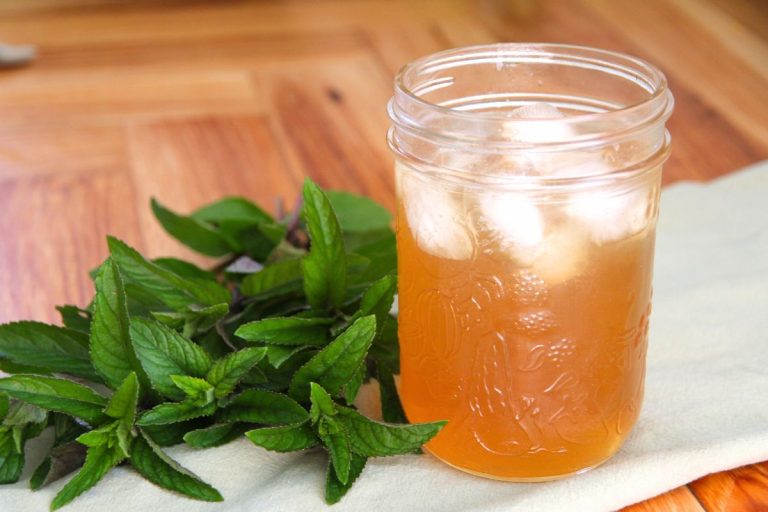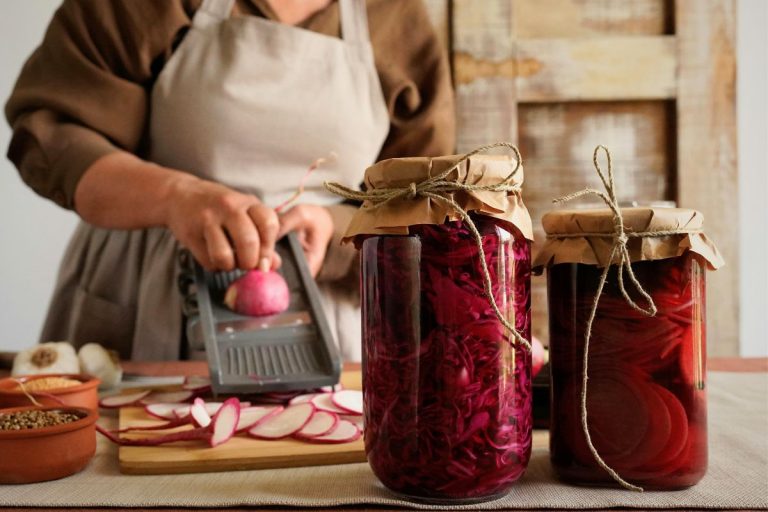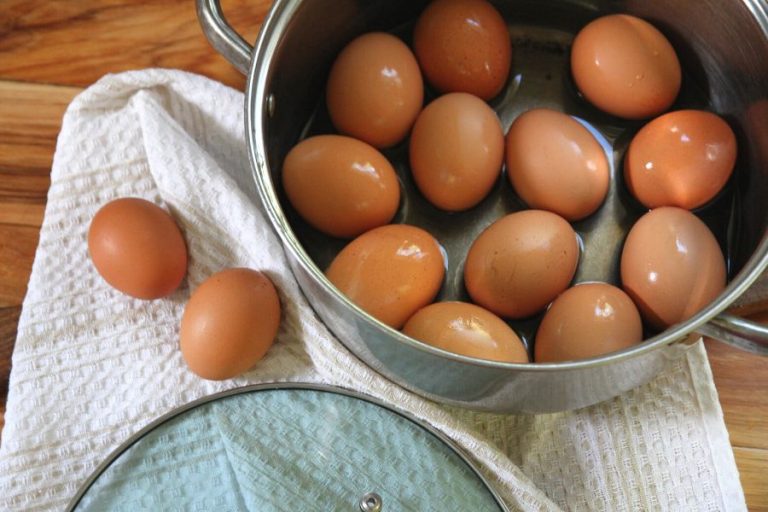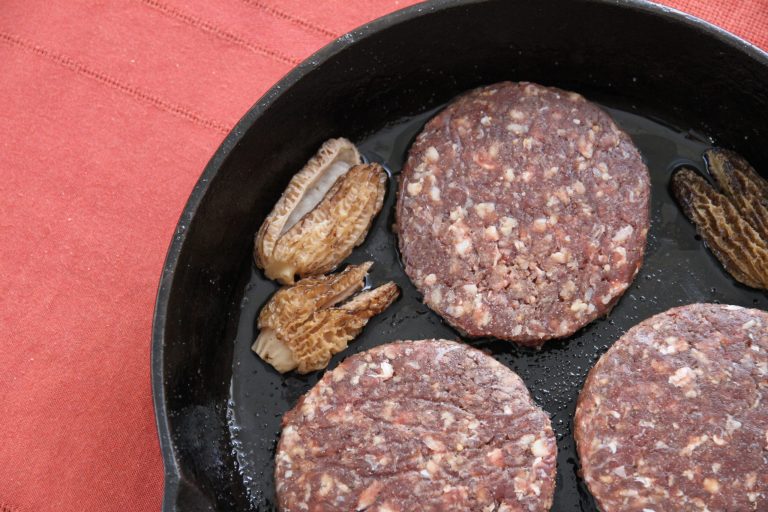How to Store Cast Iron Cookware in Your Kitchen
Learn how to store cast iron cookware in your kitchen, so it doesn't rust and is easy to get at. Also get my best tips on how to protect your shelves, walls and drawers from the grime of cast iron pans and skillets!

Most home cooks know how to care for their cast-iron skillets, bread pans and dutch ovens. They know how to season cast iron cookware for a protective coating, how to wash it with hot water and thoroughly dry things afterward to avoid rust.
But you don't often hear home cooks talk about where they store various pieces of cast iron. Even less discussed is how to keep cast iron from damaging the bottom of your cupboard shelves, drawers or (if you hang cast iron) your kitchen walls.
So let me walk you through some of my favorite ways to store cast iron, where it won't rust or destroy your kitchen!
Key Things to Consider When Storing Cast Iron
Consideration 1
Cast iron is very, very heavy. Especially if you're stacking several cast iron pans together! Make sure your kitchen drawers and shelves are strong enough to hold the black iron beasts, without cracking or breaking through.

Consideration 2
Moisture can cause your cookware collection to rust, even if it is well seasoned! Avoid storing cast iron in places where it might receive extra moisture (like directly above the kitchen stove, or in the cupboard under the kitchen sink).
Consideration 3
Cast iron is heavy, so don't store it high up in a cupboard shelf where you could potentially drop it on your head (or someone else's head!).
If you have young children in the house, be careful about storing cast iron inside lower kitchen cupboards, where a baby could slide iron cookware off the shelf and onto their feet!
Great Places to Store Cast Iron in the Kitchen
Here are some great place to store cast iron in your kitchen.
- In a strong kitchen drawer.
- A cupboard shelf in your lower kitchen cabinets.
- Use the storage drawer under your kitchen stove; it's made of metal can be the perfect spot!
- Hang cast iron from hooks on the wall.

How to Protect Wood Surfaces from Cast Iron
Cast iron has a tendency to scratch wood with its rough bottom. Even if you wash them with dish soap, the black finish on the exterior of your cast iron skillet, dutch oven or bread pans will often leave sooty marks behind.
I don't know about you, but I like things to look clean in my kitchen! If you're in the same boat, go ahead and line the surface of your shelves, cupboards or drawers before stacking your cast iron for storage.
When the lining starts looking worn or grimy, you can wipe it down or replace it. No damage will be done to your wood surfaces!
5 Simple Liners to Protect Wood Surfaces
Lining your shelf or drawer is the best way to prevent black marks and scratches that cast iron inevitably leaves behind. Here are some easy ways to line your shelves with items you may already have on hand!
Option 1: Put down a large piece of loose tile to line your cabinet drawer or shelf (got leftovers from a bathroom renovation?).

Option 2: If you use silicone mats in your kitchen, you can easily lay a few down in a cupboard shelf or drawer. If you have them, use extra silicone mats for a liner.
Option 3: Line wood bottoms with non-adhesive drawer and shelf lining paper (you can find numerous options on Amazon or your local Hardware store).
Option 4: Got old pieces of wall paper around? Roll it out and cut to size for the bottom of your cast iron storage space!
Option 5: Cut an old bath towel to size and line your surface area with it. Or you can also use a kitchen tea towel as a liner.
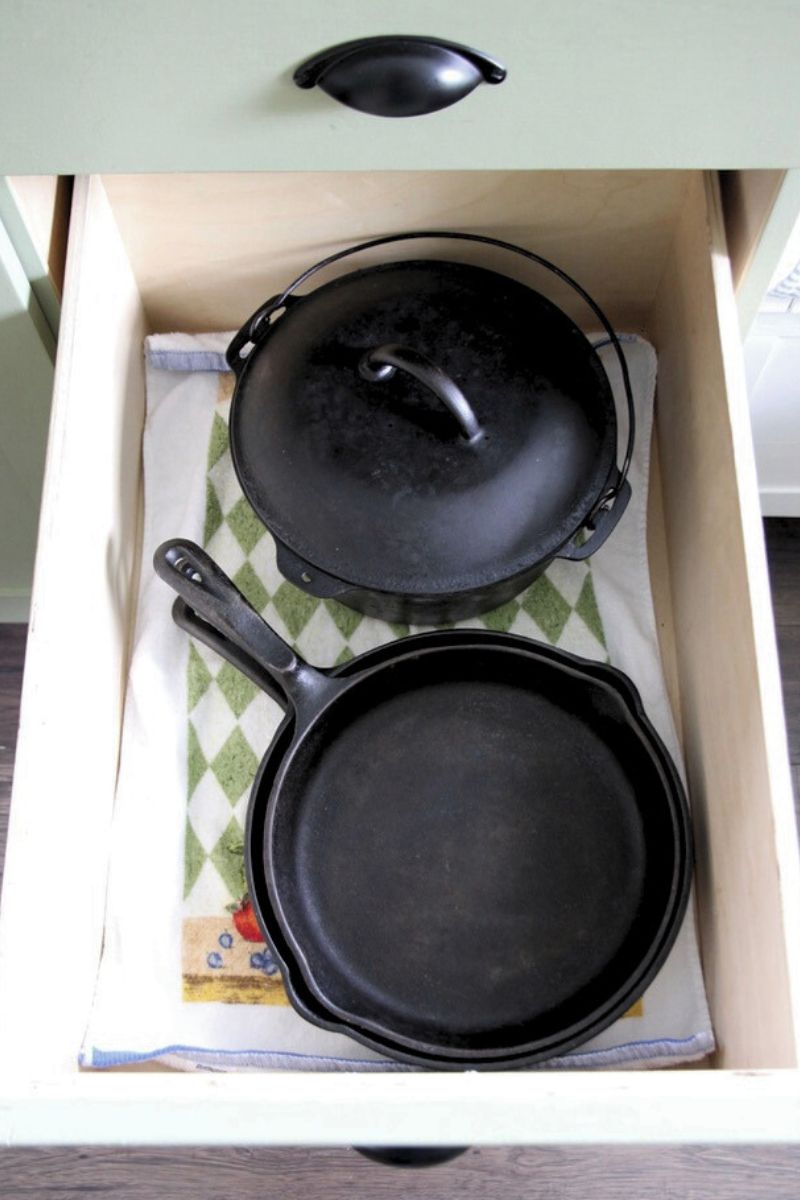
If nothing else, you can always use a sheet of paper towel as a liner, until you decide what you actually need!
How to Protect a Wall from Cast Iron
I love the look of cast iron hanging on a kitchen wall. But sometimes, it does leave marks behind.
Here are some tips that will help you keep your walls clean!
- Hang cast iron from a black metal pot rack, so pans aren't directly against the wall.
- Use a rack that hangs from the ceiling, so you can place it several inches away from the wall.
- Make your own wooden wall rack with a piece of lumber and cast iron hooks.
- If you have wood paneling in your home, you can set large hooks directly into the wood (the hooks will keep the pans slightly off the wall).

Whatever you do, don't use nails for hanging your pans. Nails let cast iron slide tight to the wall, and you're more likely to get black greasy marks. But hooks? They hold things away from the wall!
Questions Folks Ask
Where is the best place to store cast iron in a small kitchen?
In small kitchens where storage space is limited, I would choose the drawer under the stove. It's a dry place, and the entire drawer is made of metal. You can safely stack your cast iron there for long-term storage.

Is there a place I shouldn't store cast iron in the kitchen?
Yes. Just as it's important to wipe up any lingering moisture after washing food residue away, its also important to keep cast iron away from excess moisture. Don't store it under the kitchen sink, or above your cook stove.
Is it ok to stack pieces of cast iron together?
Yes, you certainly can! Some folks like to put a liner between each pan, so the rough bottoms don't scratch the cooking surface of the pan they're resting on. You can use paper towel, tea towels or just about anything else.

Can I use a kitchen towel for lining a drawer?
Kitchen towels are a bit fussier to deal with, but they will protect your wood surface. I usually avoid them because they look really dirty after a while, and the ends tend to flip up. A piece of tile, silicone or lining paper are much tidier and can be quickly wiped down.
Read more on Cast Iron Cookware
How to Clean a Cast Iron Dutch Oven
How to Prevent Rust on Cast Iron Cookware


